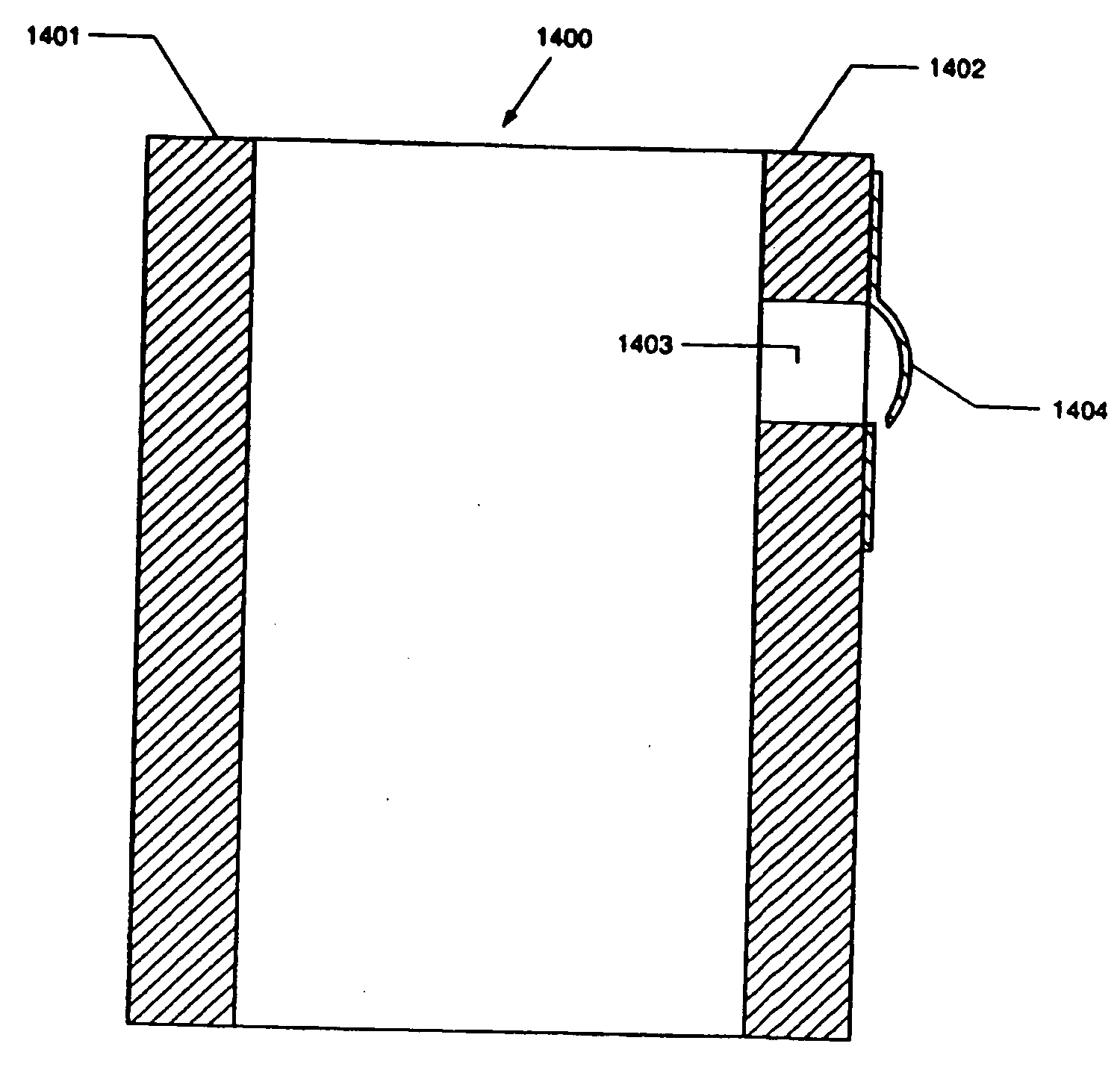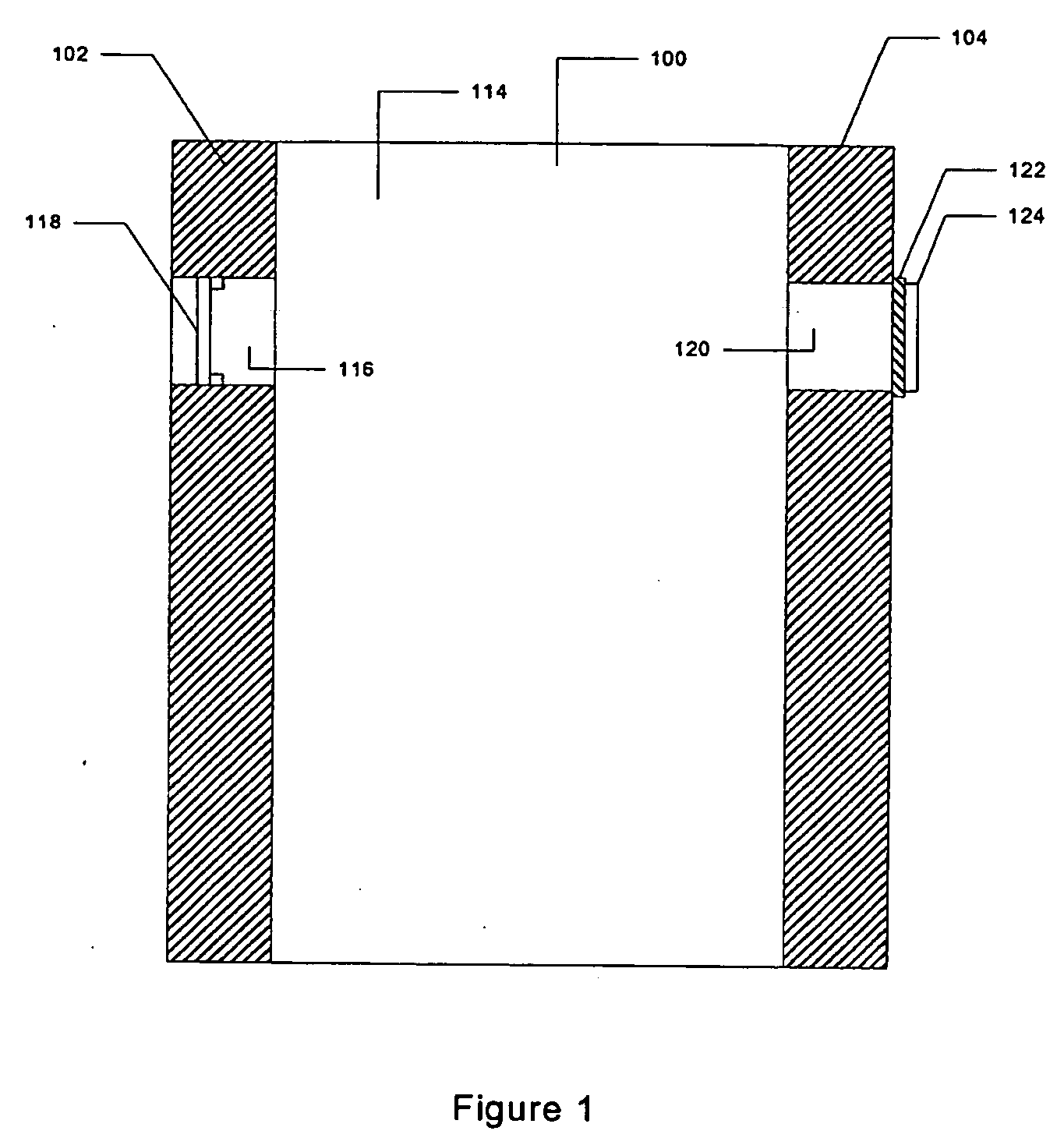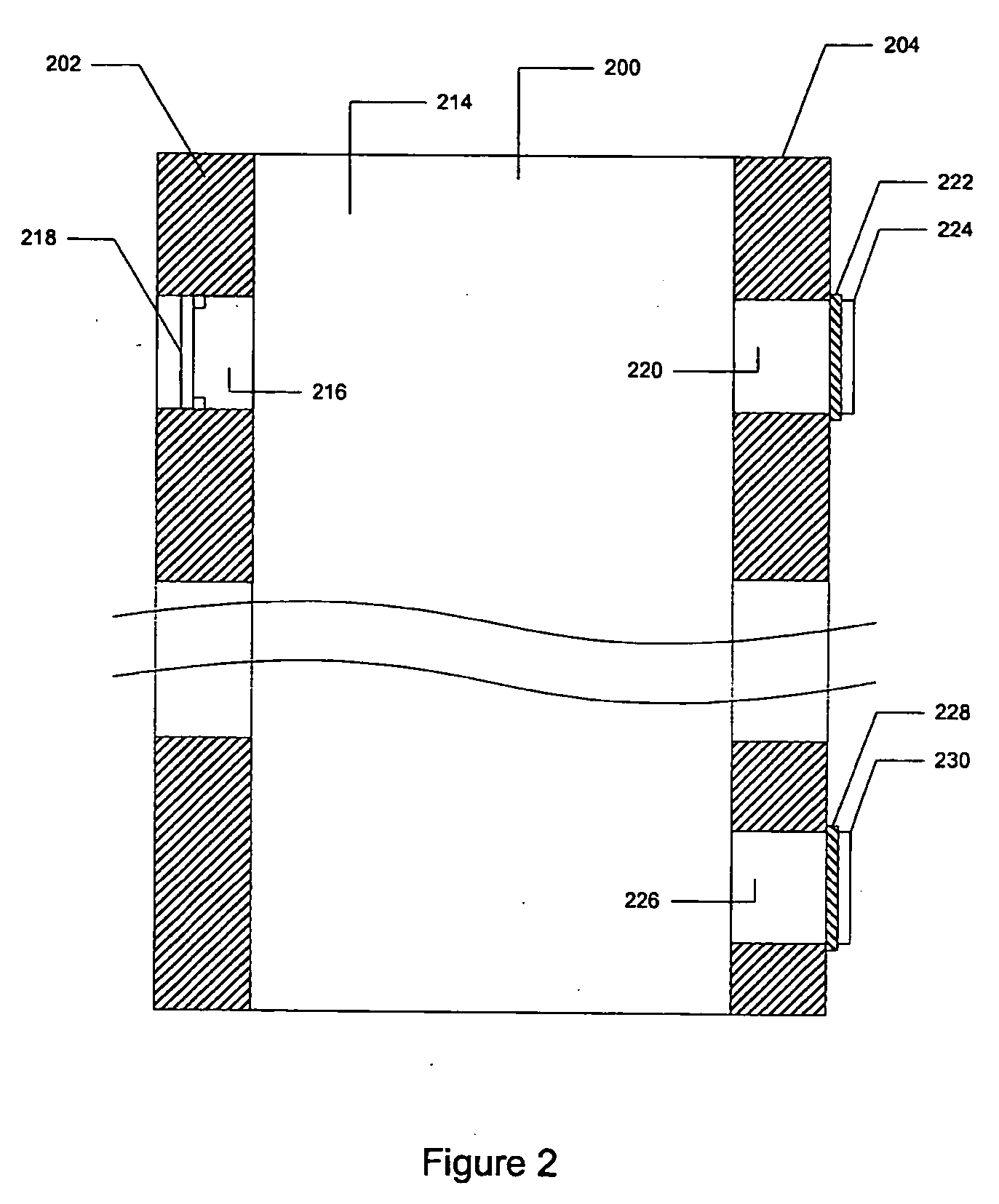Method of treating a glazing panel
a technology of glazing panels and glass surfaces, applied in the field of glazing panels, can solve the problems of forming mineral deposits on the glazing panels, affecting the appearance of the glass panel, so as to prevent fogging and prevent the explosion of the glazing panel
- Summary
- Abstract
- Description
- Claims
- Application Information
AI Technical Summary
Benefits of technology
Problems solved by technology
Method used
Image
Examples
Embodiment Construction
[0034] Generally, the present invention relates to methods of treatment for panels such as multiple-glazed panels. Double glazed panels are most common and their treatment will be primarily exemplified in the description of presently preferred embodiments. The manner in which triple glazed panels are treated is also discussed below. By treatment we refer to the partial or complete removal of particulate matter such as dirt, dust, and mineral deposits between, or adhering to the inside surfaces of double-glazed panels, and / or removing and / or preventing condensation or fogging between the panes.
[0035] The method employed differs depending on whether the glazing panel is tempered or non-tempered. For non-tempered glass, the glass itself is penetrated to allow access to the space between the panels. For tempered glass, which will shatter if drilled, the frame is penetrated to allow access to the space between the panels.
[0036] Double-glazed non-tempered panels come in various forms. T...
PUM
| Property | Measurement | Unit |
|---|---|---|
| angle | aaaaa | aaaaa |
| diameters | aaaaa | aaaaa |
| diameters | aaaaa | aaaaa |
Abstract
Description
Claims
Application Information
 Login to View More
Login to View More - R&D
- Intellectual Property
- Life Sciences
- Materials
- Tech Scout
- Unparalleled Data Quality
- Higher Quality Content
- 60% Fewer Hallucinations
Browse by: Latest US Patents, China's latest patents, Technical Efficacy Thesaurus, Application Domain, Technology Topic, Popular Technical Reports.
© 2025 PatSnap. All rights reserved.Legal|Privacy policy|Modern Slavery Act Transparency Statement|Sitemap|About US| Contact US: help@patsnap.com



